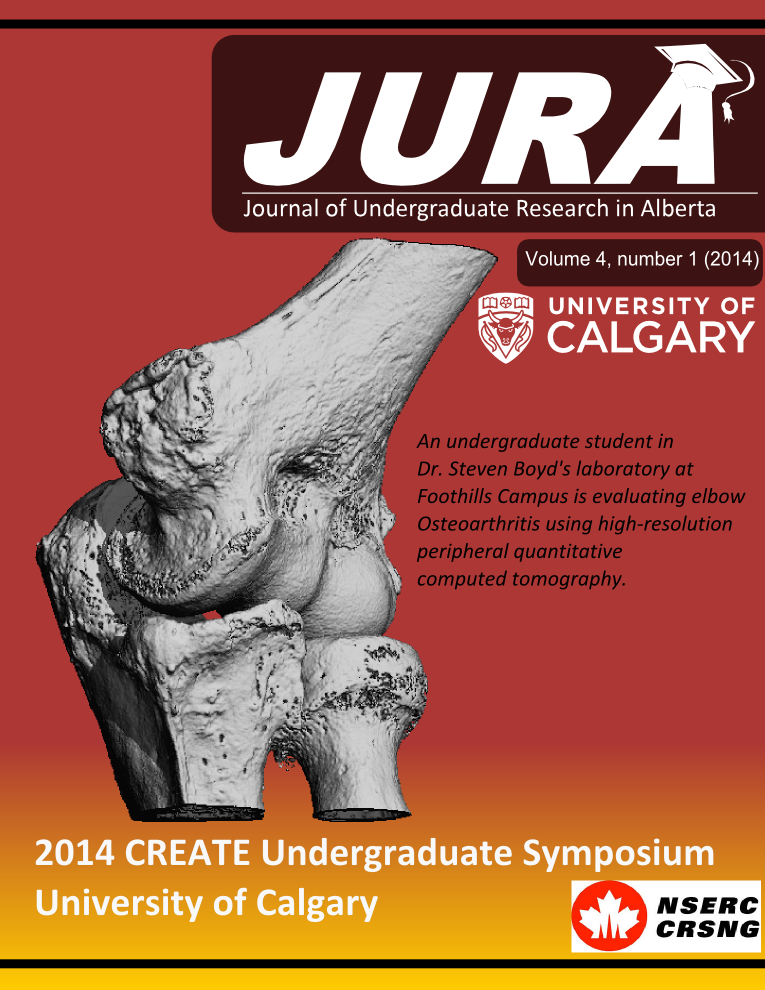IS SKELETAL MUSCLE TITIN AN ACTIVATABLE MOLECULAR SPRING?
Abstract
INTRODUCTION
Titin is a viscoelastic spring protein that provides 95% of the passive force in single myofibrils (1). Recently, we discovered that titin is a virtually elastic spring if unfolding of its immunoglobulin (Ig) domains can be prevented and that this elastic property can be used at variable sarcomere lengths, thus minimizing energy loss in passive muscle function (2). There is evidence that titin changes its mechanical properties when a muscle is activated. Specifically, titin is thought to bind calcium upon muscle activation (3, 4) and attach to actin thereby increasing its spring stiffness and decreasing its spring length, respectively (5). If this is indeed the case, titin’s contribution to force in an active muscle should be much greater than in a passive muscle. However, this has never been tested for dynamic muscle contractions. Therefore, the purpose of this study was to determine titin’s force contribution to active and passive muscles. This aim was achieved by stretching active and passive single myofibrils to lengths beyond actin-myosin filament overlap where titin is known to be the only contributor to force (1, 2).
METHODS
Rabbit psoas muscles were harvested, the connective tissue chemically digested, and individual myofibrils mechanically separated (2). Myofibrils (n=11) were then mounted on a motorized glass lever that controlled myofibril length and a silicon nitrate lever that measured myofibril force. Myofibrils were set at sarcomere lengths of 3.0µm and were stretched actively and passively to sarcomere lengths of ~4.5-5.0µm. Activated and passive myofibrils were then subjected to ten shortening-stretch cycles of 0.5µm/sarcomere, and then returned to their starting length. All stretches were performed at a speed of 0.1µm/sarcomere/second.
RESULTS
Actively stretched myofibrils (Figure 1, label A) had much greater force contributions from titin (compare forces at sarcomere lengths greater than 4.0µm) than passively stretched myofibrils (Figure 1, label B). Furthermore, active myofibrils had greater hystereses and greater reductions in peak forces (Figure 1, label 2) during the ten shortening-stretch cycles compared to the passive myofibrils (Figure 1, label 3). The exemplar results shown in figure (1) for single actively and passively stretched myofibrils were the same for all myofibrils tested in this study.
DISCUSSION AND CONCLUSIONS
The dramatically increased forces in the region beyond actin-myosin filament overlap (sarcomere lengths>4.0µm) in the activated compared to the passive myofibrils is exclusively attributable to titin. This result unequivocally indicates that titin is “activated” in some unknown manner during muscle contraction, thereby vastly increasing its force contribution in active compared to passive muscle. The increased hystereses and peak force reduction during the repeat shortening-stretch cycles suggests that this activation is associated with an engagement of titin’s Ig domains in the active myofibrils. The molecular details of this newly found dynamic “activation” of titin requires further study to uncover the molecular details of titin’s force regulation upon muscle activation.
Downloads
References
2. J. A. Herzog, et al., J. Biomech. 45, 1893 (2012).
3. Labeit D, et al., PNAS 2003;100:13716-13721.
4. Joumaa V, et al., Am J Physiol 2008; 294:C74-C78.
5. Herzog W. J Appl Physiol 2014;116:1407-17.
Downloads
Published
Issue
Section
License
Authors retain all rights to their research work. Articles may be submitted to and accepted in other journals subsequent to publishing in JURA. Our only condition is that articles cannot be used in another undergraduate journal. Authors must be aware, however, that professional journals may refuse articles submitted or accepted elsewhere—JURA included.


